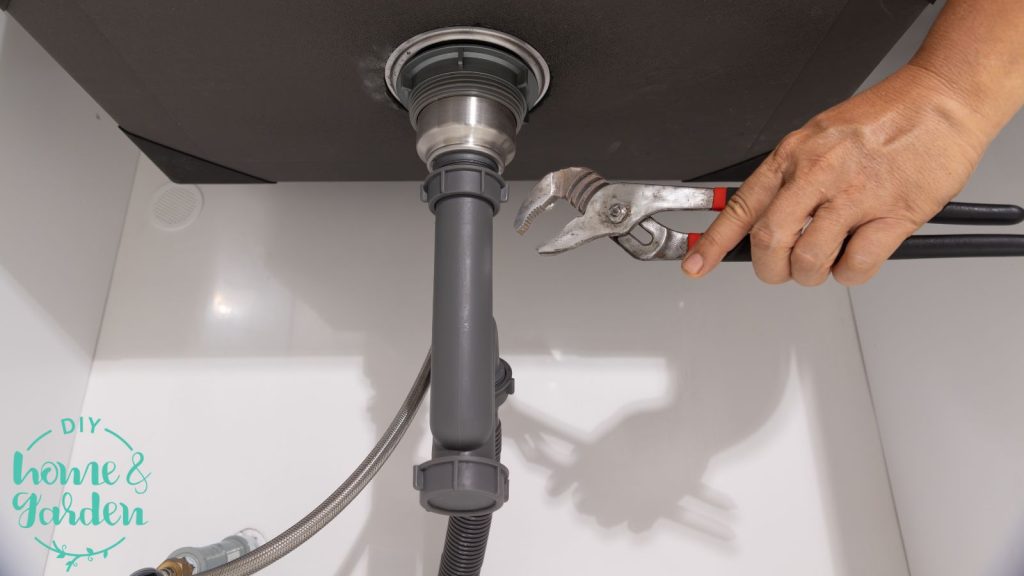An ounce of prevention really is worth a pound of cure when it comes to plumbing problems.
Plumbing problems can turn from small annoyances into major headaches faster than water down a drain. Most households deal with several plumbing issues each year, and when things go wrong, repair bills can quickly spiral into thousands of dollars. Taking the time to understand these common problems and putting preventive measures in place isn’t just smart; it’s essential for protecting your home and wallet. By staying on top of regular maintenance and catching issues early, homeowners can keep their plumbing systems running smoothly and avoid those middle-of-the-night emergency calls.
Dealing with Clogged Drains and Pipes
Nothing’s more frustrating than a sluggish drain or completely blocked pipe. Hair, soap residue, food scraps, and stubborn mineral deposits love to team up and create those annoying clogs that slow everything down. Want to stay ahead of the plumbing problem game? Start by installing quality drain screens in every sink and tub; they’re your first line of defense against unwanted debris. A monthly cleaning ritual using baking soda and vinegar, followed by a hot water flush, can work wonders in keeping pipes clear.
Leaky Faucets and Fixtures
That persistent drip-drip-drip isn’t just annoying; it’s literally money going down the drain. Even a small leak can waste hundreds of gallons yearly, showing up as an unwelcome surprise on your water bill. Usually, these leaks pop up because of worn-out washers, tired O-rings, or aging cartridges inside the faucet. Regular checks of household faucets and quick replacement of wearing parts can nip these problems in the bud.
Running Toilets and Related Issues
A toilet that won’t stop running is more than just an annoyance; it’s a serious water waster that can send up to 200 gallons daily down the drain. Most often, the culprit of this plumbing problem is a faulty flapper valve that’s lost its sealing power, creating a constant flow from tank to bowl. Regular checks of toilet parts, including the flapper, fill valve, and chain mechanism, can prevent these wasteful situations. Here’s a pro tip: go easy on those chemical bowl cleaners; they might leave things sparkling, but they can also break down rubber components faster than normal wear and tear.
Water Pressure Problems
When water pressure starts acting up, it can signal anything from a minor nuisance to a serious plumbing crisis. Professional plumbers who specialize in water system safety often recommend Googling backflow testing services near me to ensure proper pressure regulation and prevent contamination risks. Often, low pressure comes from simple mineral buildup in faucet aerators or showerheads, an easy fix with regular cleaning. But sudden pressure changes? Those might indicate something more serious, like pipe leaks or municipal supply issues. Installing a pressure gauge and keeping an eye on readings between 40 and 80 PSI can help catch problems before they escalate.
Sewer System Backups
Plumbing nightmares and sewer system backups top the list for both severity and cost. Watch out for warning signs: multiple drains backing up at once, toilets making strange gurgling sounds, or unexplained sewage odors around your property. Prevention of this plumbing problem is key, be mindful about what goes down your drains and toilets, and if you’ve got trees near your sewer lines, consider regular root removal service every few years. Smart homeowners also schedule regular camera inspections to spot potential problems before they turn into messy disasters.
Water Heater Maintenance
A well-maintained water heater should give you 8-12 years of reliable service, but neglect can cut that lifespan significantly. Smart maintenance includes yearly flushing to clear out sediment, regular pressure relief valve checks, and inspecting the anode rod every couple of years. Knowing your water heater’s age and maintenance history helps you stay ahead of problems and plan for replacement before you’re stuck taking cold showers. For optimal performance and safety, keep that temperature set between 120-140 degrees Fahrenheit.
Preventive Maintenance Strategy to Avoid Plumbing Problems
The secret to avoiding major plumbing disasters? A solid preventive maintenance plan. Start by creating a regular inspection schedule for all your plumbing components, from pipes to fixtures to appliances. Keep detailed records of repairs and maintenance to help spot patterns and predict potential issues. Yearly professional inspections can catch problems that might not be obvious to the untrained eye.
The Takeaway: Preventing Plumbing Problems Can Save Hassle and Money
Taking care of your plumbing system doesn’t have to be complicated, but it does require attention and proactive care. By staying alert to common problems and taking preventive steps, homeowners can dodge many expensive repairs and keep their plumbing running efficiently. Quick responses to minor issues, proper use of fixtures, and regular maintenance all play crucial roles in extending system life. Remember, spending time and money on prevention usually costs far less than emergency repairs or full system replacements.


